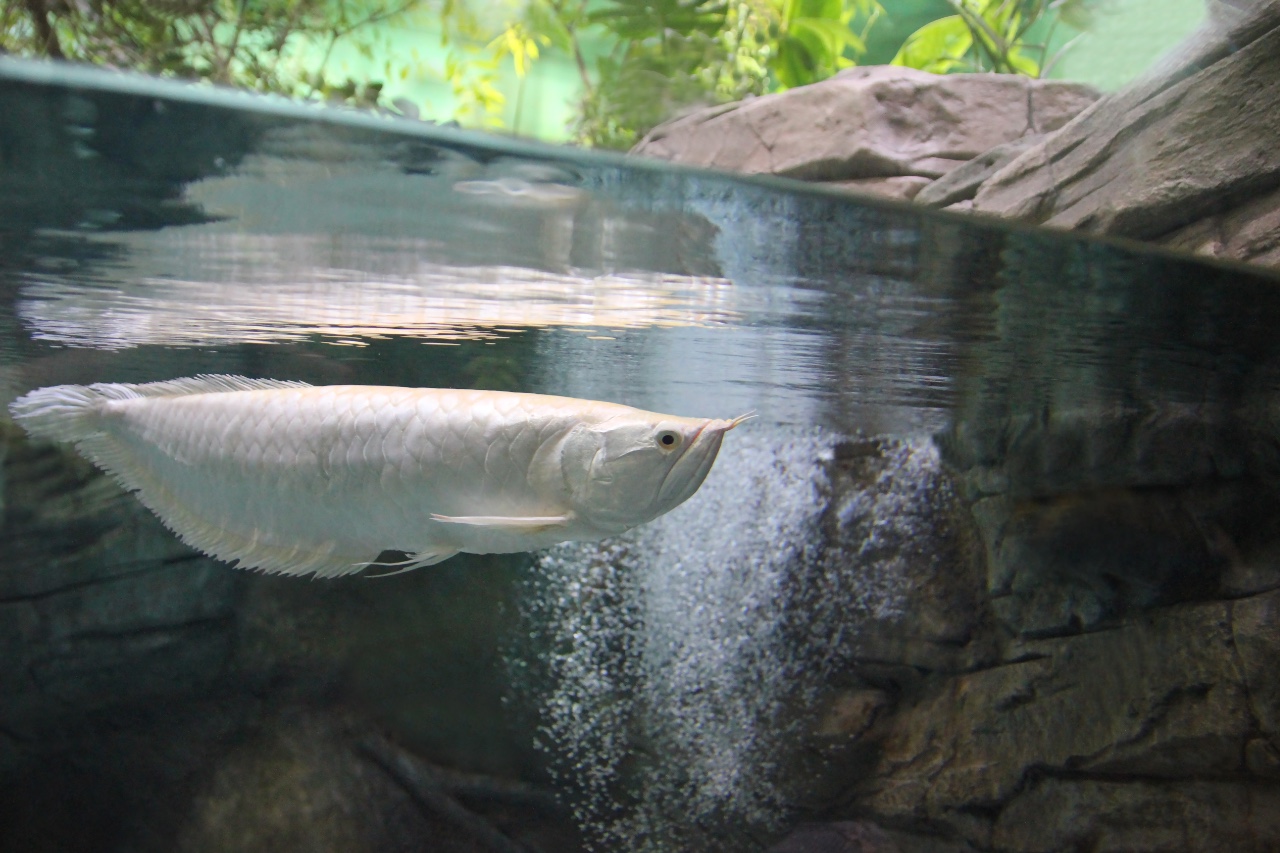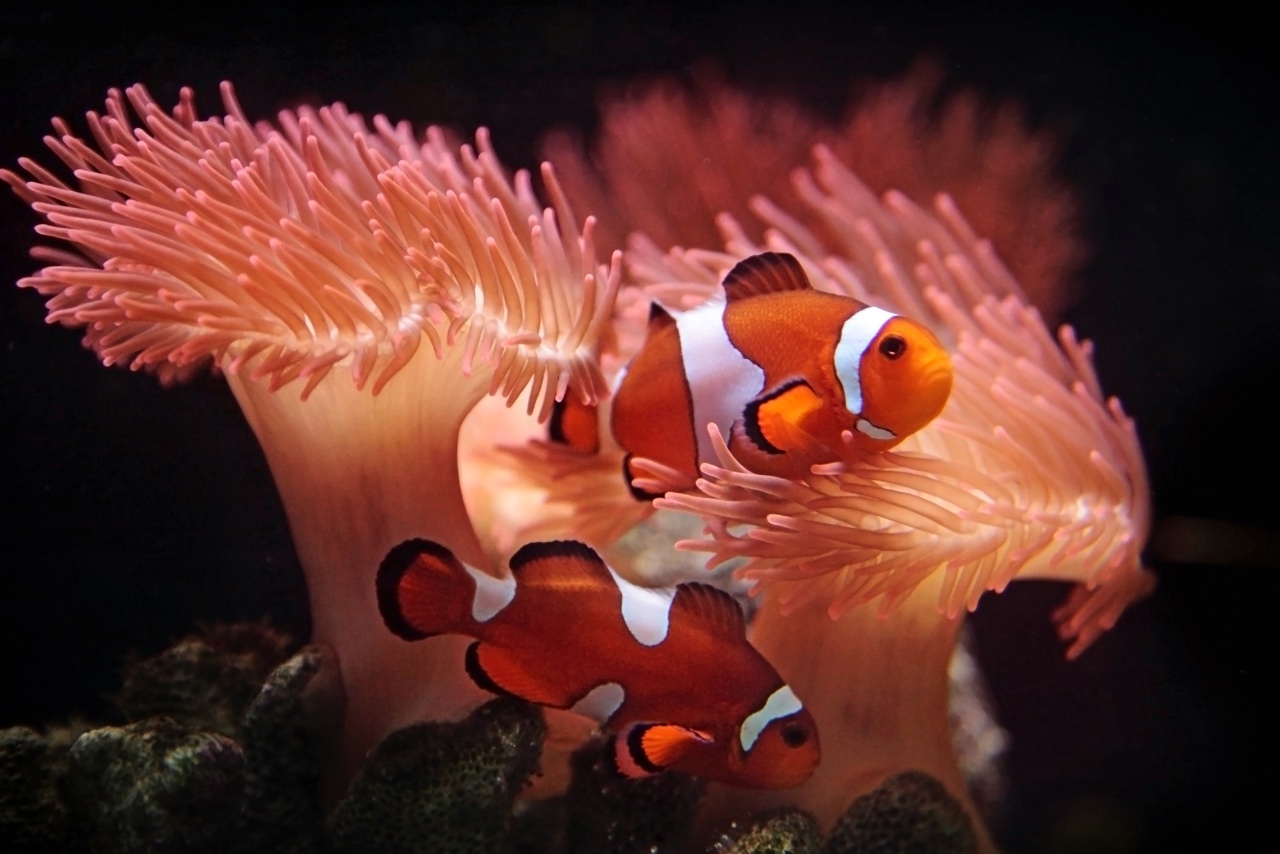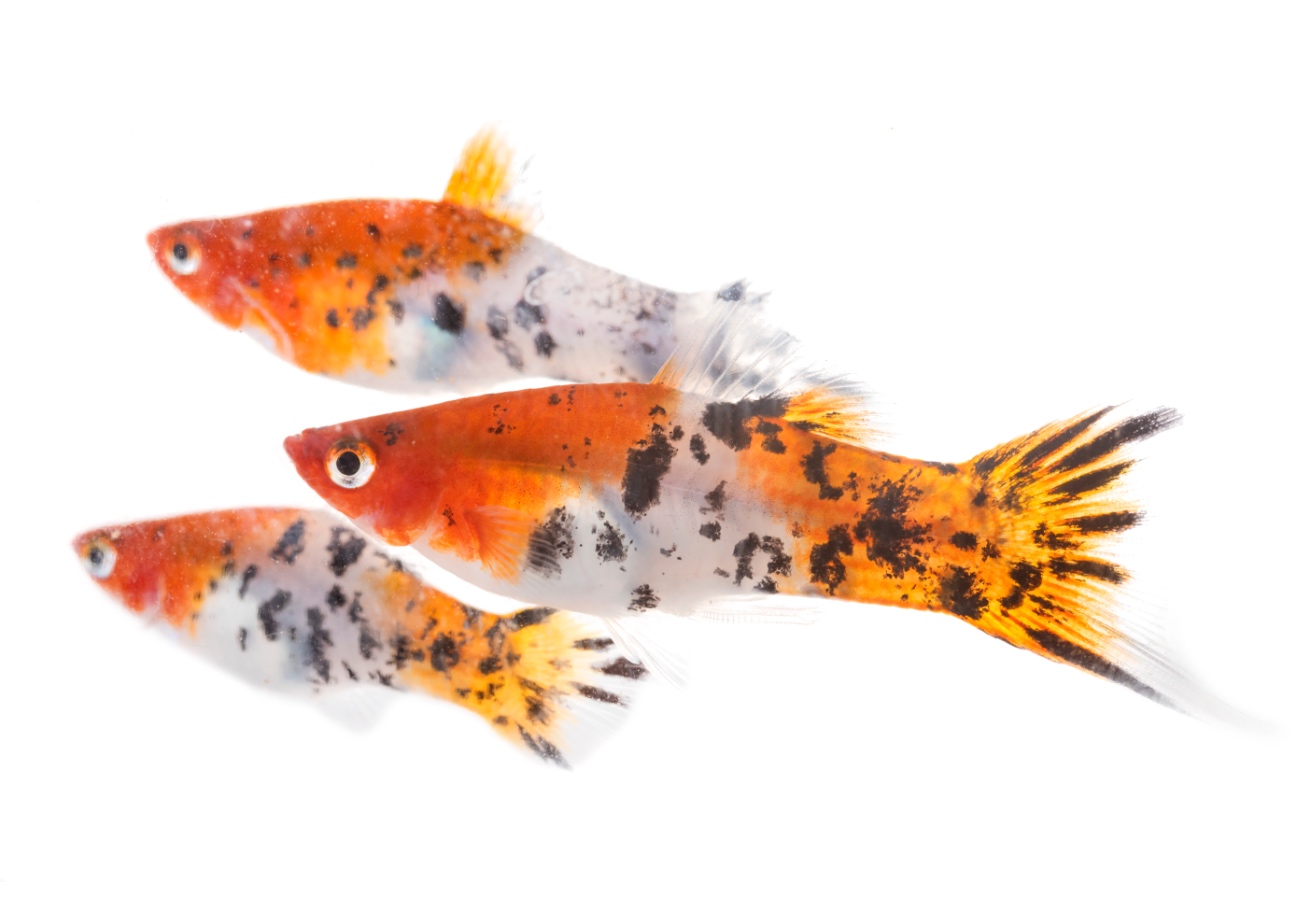Kuhli Loach is a peaceful, bottom-dwelling fish that is very active at night, like an owl. If you are looking for someone to clean the tank and peacefully fit it into your community tank, then Kuhli Loach is the best choice for you.
But these fish are not for beginners and are only for the experienced. Before purchasing any fish, you should know everything about it, from its tank setup to the breeding process.
In this article, we have covered everything about Kuhli Loach fish. This guide will help you decide whether this fish is for you or not. Before going into details, first, take a brief look at the table –
| Category | Rating |
|---|---|
| Family | Cobitidae |
| Scientific name | Pangio kuhlii |
| Tank Set-Up | Freshwater |
| Diet | Omnivore (prefers live food) |
| Temperament | Peaceful |
| Care Level | Intermediate |
| Lifespan | 10 years |
| Color Form | Yellow and brown bands |
| Size | 4 inches |
| Compatibility | Peaceful fish |
Kuhli Loaches Overview
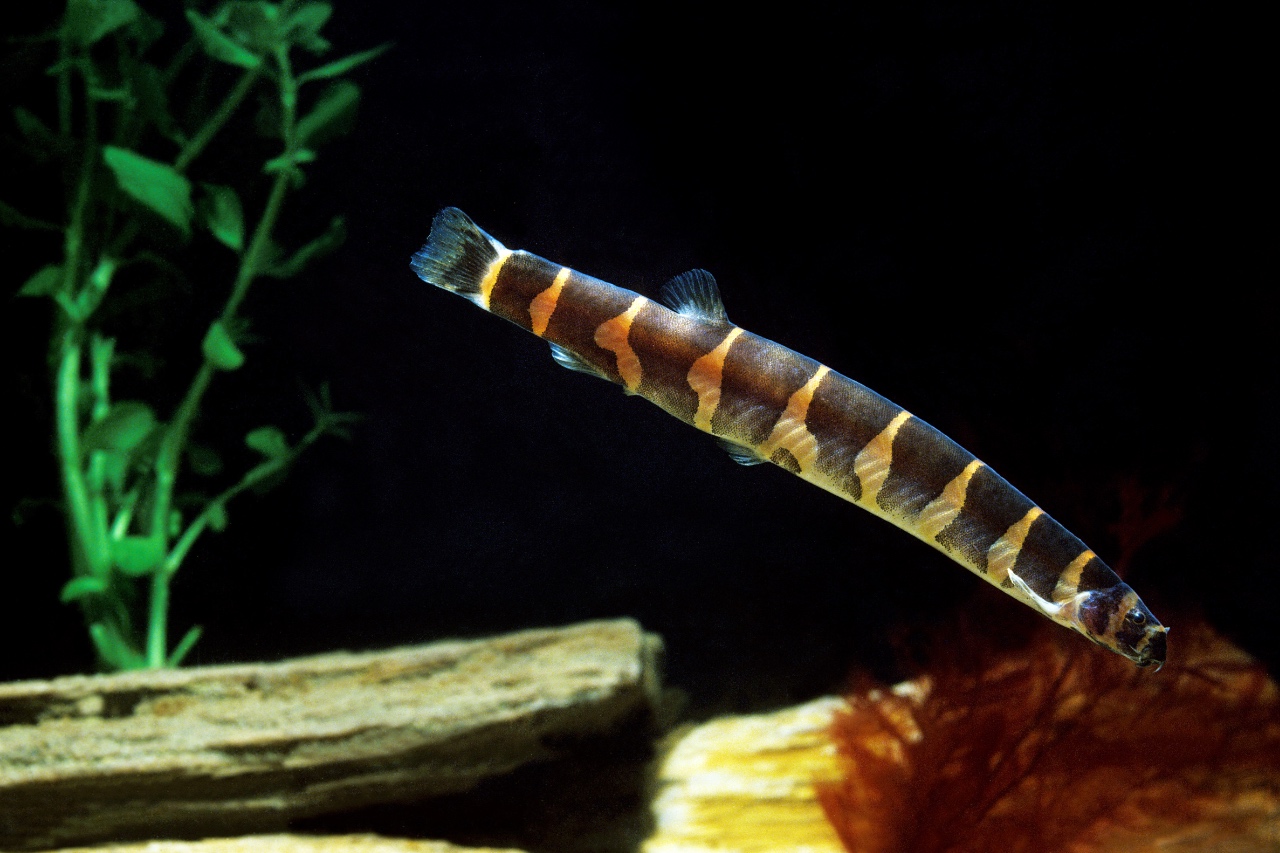
Kuhli Loaches are freshwater fishes that originate from the Malay Peninsula and Indonesia. Kuhli Loach is known by many names, such as Leopard Loach, Coolie Loach, Pangio Kuhlii, and Cinnamon Loach. These fish are scavengers who do all their work at night and are not that active during the day.
Kuhli Loaches are often confused with Pangio Cuneovirgata, Pangio Semicincta and Pangio Myersi. So, always confirm their scientific name before purchasing. These are small fish that can grow up to 3-5 inches and are easily available at $3 per fish.
They are scale-less fish, which makes them quite sensitive to diseases. Therefore, only experienced aquarists, especially those who have previously cared for scale-less fish, should be kept.
Kuhli Loach doesn’t produce much waste and can live for 10 years if cared for properly.
Typical Behavior
Kuhli Loaches are non-aggressive and shy fish. You won’t see much activity from them during the day but find them quite active the whole night.
At night, they can be seen dwelling at the bottom of the aquarium, scavenging for food in the substrate.
They need many hiding places in the tank, such as caves and crevices, to rest during the day or hide if they feel threatened.
Kuhli Loaches are not schooling fish, but a little activity in the tank makes them feel safe and comfortable. So, never leave them alone.
Kuhli Loach Appearance

Kuhli loach size
Kuhli Loaches have a snake-like slender body that can grow up to 5 inches in the wild but will grow up to only 3 inches in the artificial setup. These oddball fish look and move like snakes and can easily confuse anyone with their appearance.
These eel-like fish have separate dorsal, anal, and caudal fins. This is the reason why they are kept in the category of a fish and not an eel. Their outer skin is soft and considered scale-less.
The scales on their bodies are quite apart, which makes them vulnerable to changes in the tank’s water conditions. The medication added to the tank can also make them sick. So, make sure to consult a vet before adding anything to the tank with Kuhli Loach.
The Kuhli Loaches available for the aquarium trade have a striped pattern with a thin transparent lining on the eyes. Depending on their long body size, they may have 10 to 15 dark-colored vertical bars with yellow or pink color between them. The bellies have a burnished pink and gold coloration.
Their coloration and patterns look appealing and make them stand out. However, distinguishing males from females is not easy as they look similar. The primary difference is between their dorsal and pectoral fins. The male’s dorsal fin is quite muscular, and the pectoral fin is bigger than that of females.
You can also distinguish between them during breeding as the female becomes larger, and the eggs are also visible through their skin.
- Black Kuhli Loach
Black Kuhli Loaches are very in-demand species of the Loach family. Their whole body is covered in black-brown coloration. And looking at this appearance, people call them chocolate loaches as well. They can reach a maximum of 3.2 inches in length.
Kuhli Loach Tank Size and Conditions
Kuhli Loaches are native to South-Eastern countries and are found in the forest streams of Malaysia, Indonesia, Sumatra, and Borneo. They dwell at the bottom of rivers with shallow, slow-moving water.
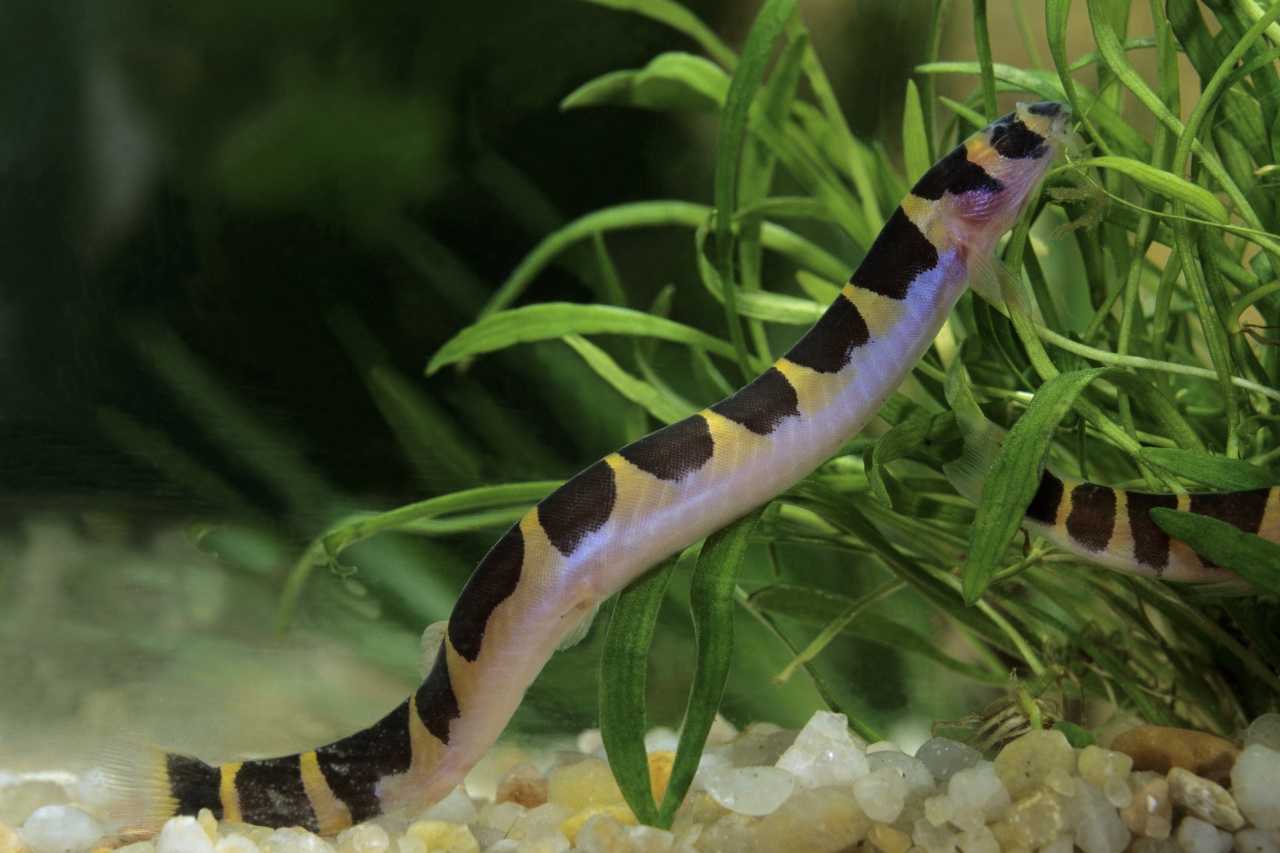
The forests are covered with a dense canopy, and the river has heavy vegetation with very little light reaching its bottom. The river bed can have sand, peat, or mud. It usually depends on the location.
The mineral level is very low in these acidic waters. You must create the same water conditions in your tank for Kuhli fishes to survive and thrive. Let’s take a brief look at the table to know more –
| Conditions | Parameters |
|---|---|
| Temperature | 73-86°F |
| pH | 5.5-6.5 pH |
| Hardness | 0-5 dGH |
| Lightning | Moderate |
| Substrate | Soft Substrate like Sand with a mix of Fine Gravel |
| Plantation | Cryptocoryne and Java Fern |
| Tank Capacity | 20 gallons minimum and 3-5 gallons per loach you add |
Apart from these water conditions, you should have an under-gravel filter to maintain oxygen and reduce wastage. The filter needs a covered outlet with an inline pipe. Otherwise, the Kuhli loach will swim and get trapped inside it.
They also need slow-moving water, so make sure to choose a filter that can provide it. They need many hiding places, such as caves, crevices, and leafy debris.
You can also use peat moss or big rocks to decorate the aquarium or to replicate the tank’s habitat to its natural one. Kuhli Loaches can often jump out of the tank in excitement, so make sure to close the lid properly to avoid any mishaps.
Kuhli Loach Tank Mates

As we discussed earlier, Kuhli Loaches are not schooling fish, but they should not be kept alone. The little movement in the tank will make them feel safe and comfortable coming out of their shelter.
Kuhli Loach dwells at the bottom, scavenging for the leftover food. Many bottom dwellers are territorial, so they can hurt or threaten your Kuhli Loach.
So, it is important to look for fish that are either top or middle swimmers.
Rasboras, Corydoras, Gourami, Tetras, and Danios are quite compatible with them because of their small size and non-aggressive nature. Oto Catfish and White Cloud Mountain Minnows will add variety to the tank while keeping distance from the Kuhli loaches.
You should avoid aggressive large fish, like Arowanas and Cichlids. Otherwise, they will bite and bully your Kuhli Loaches over territory. Fishes like Angelfish, Tiger Barbs, Red-Tailed Sharks, Chinese Algae Eaters, Bettas, and Blue Gourami can also stress your Kuhli Loaches.
You can keep shrimps like Cherry shrimps with them but not a snail for non-fish varieties. The Kuhli Loach will think of them as food and will try to eat them. You can also keep Kuhli Loaches in the group of six. They will show more activity in the presence of others.
Kuhli Loach Food
What do kuhli loaches eat?
Kuhli Loaches are omnivores and can be fed a variety of foods. In the wild, they usually feed on larvae, plant debris, and small crustaceans. They don’t hunt for food but are known to scavenge leftover food at the bottom.
In the aquarium, you can feed them vegetables and meat to maintain their nutrients. You can also add high-quality flakes and pellets as their base diet. These pellets will easily sink to the bottom.
You can also feed them live or frozen food from the market or prepare it at home. For a meat-based Kuhli loach diet, add Daphnia, Bloodworms, Artemia, Grindalworms, and Micro-worms to their diet.
Does Kuhli Loach eat snails?
Answer: Yes
They can be fed multiple times a day, but only the amount they can finish in 2-3 minutes. Overfeeding or underfeeding any fish is never a good thing.
Kuhli Loaches Care
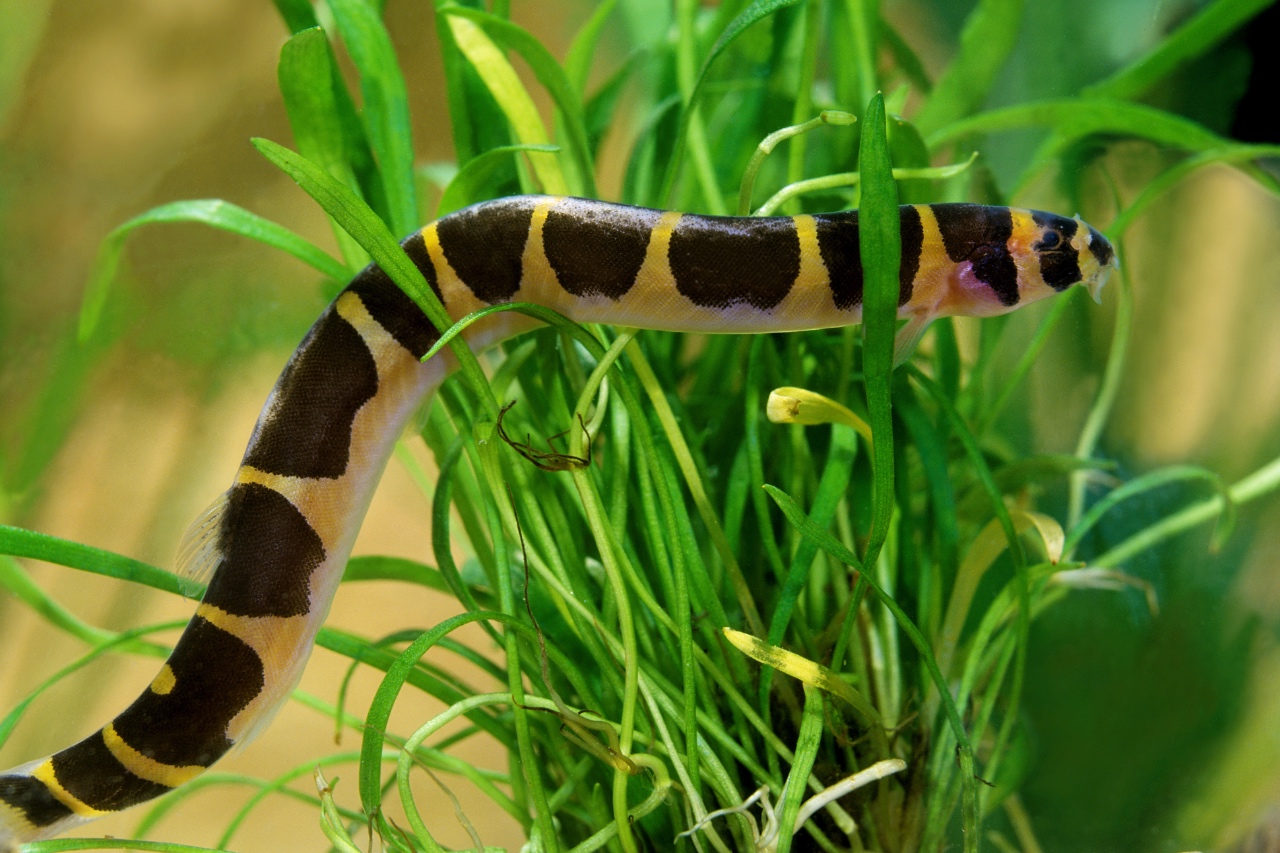
We learned earlier that Kuhli Loaches are sensitive to changes in water conditions or any medication added to the tank. Their faint body scales make them more vulnerable to diseases.
‘Ich’ or ‘White Spot Disease’ is the most common disease found in freshwater fish. Because of its sensitive nature, the Kuhli Loach will be the first to get this disease and infect others. This disease can be recognized by the presence of white patches on its body.
Kuhli Loaches are also prone to parasites, which can cause skinny diseases in them. One common symptom is weight loss in these fish, even if they are getting high-quality food. Different medications can treat this.
Before putting the Kuhli Loach into an already established community tank, the water conditions needed for them should be considered. Good quality water and the right diet are all they need to prevent diseases and thrive in their new environment.
Before adding any medication, consult a vet because even a low dose for other fishes can harm Kuhli Loaches.
Kuhli Loach Breeding
Breeding Kuhli Loaches isn’t easy and is also not for everyone. They need changes in water conditions and lots of patience from you to breed. It takes them 2 years to reach sexual maturity.
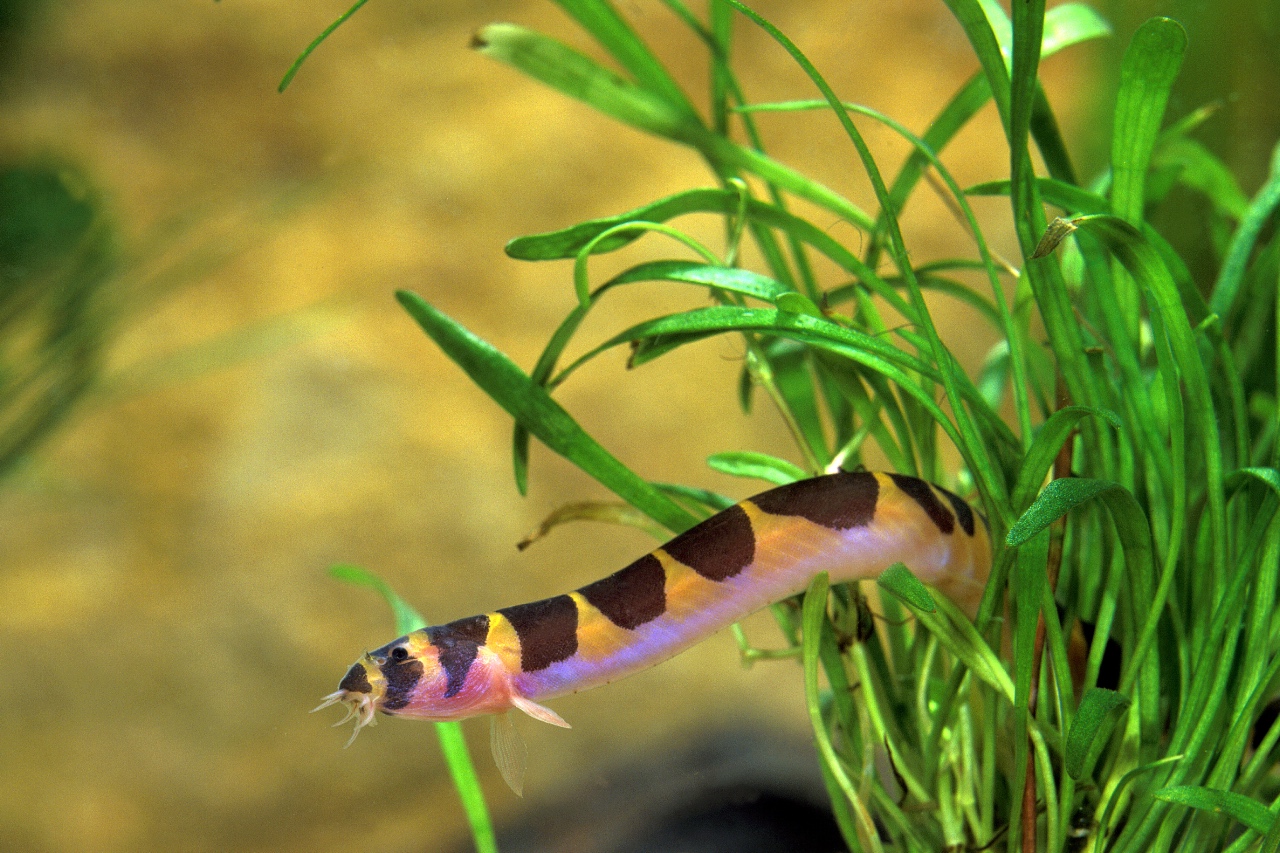
To encourage breeding, lower the water level and dim the lightning. Increase the number of floating plants and lower the pH level to 6.5.
The Kuhli loaches should feel comfortable breeding, so they need plenty of food and vegetation. The female lays eggs on these floating plants and hides while spawning.
The female grows large; you will see the eggs through their transparent skin before spawning. The same fish species must also surround them to feel safe while laying eggs.
When the female Kuhli Loach is ready, they will release bright green-colored eggs attached to the floating plants. It takes around 24 hours for the eggs to hatch. You can separate the adults from the eggs as they are known to eat them.
Once the eggs hatch, fries will come out, looking for food. You can feed them with premade or homemade food. Infusoria or brine shrimp are the best choices for them as their first food. The fries will need constant care and lots of food before they grow up.
You can face many challenges while breeding them, and the process can get messy. So, try it only if you have experience or if you are ready to take challenges, but don’t lose hope if you can’t breed them. It’s not for everyone.
Summary
Kuhli Loaches are small, snake-like fish that live in freshwater. They are quite active at night and can be seen resting during the day. Kuhli Loaches are scavengers that eat leftover food from the substrate to keep it shining.
They have scale-less skin, which makes them prone to many diseases and sensitive to changes in water conditions. However, this can be prevented with the right diet and good-quality water with proper filtration. If they still catch any disease, it can be treated using medication.
They are shy and won’t show much activity if kept in isolation. So, make sure they have companions in the tank. But only those fishes who share the same temperament and size.
They are hard to breed, so don’t lose hope if they are not breeding. Enjoy their activity and movement in the tank.
Do you have a Kuhli Loach in your tank? Are you planning to have one? What are your thoughts on them?

